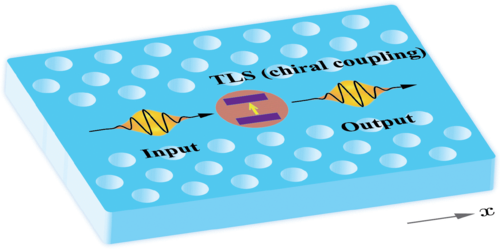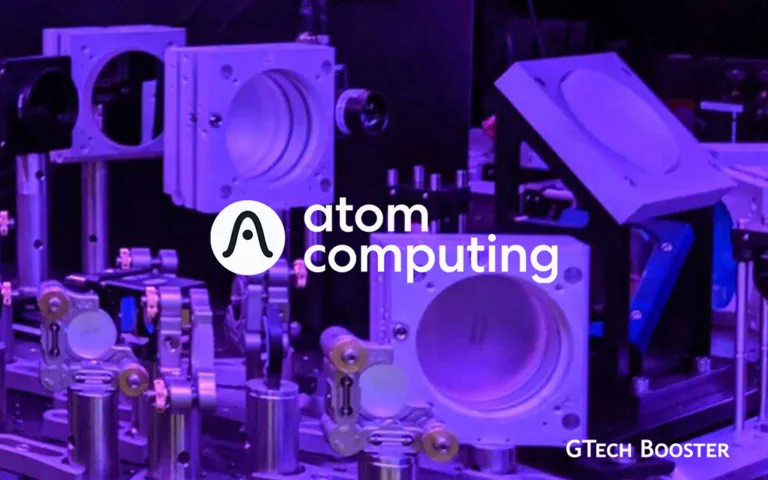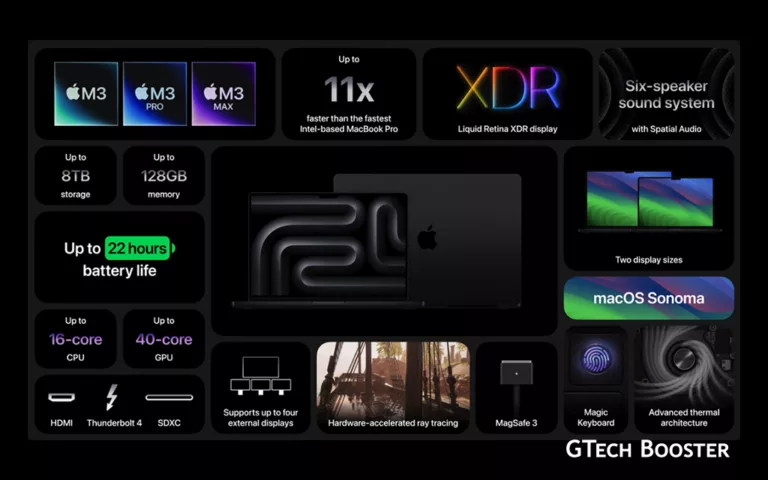Researcher finds piece of missing piece in quantum optical computing
The problem with electrons is their propensity to interact with everything —from lost magnetic fields to power lines—whichcan make them very difficult to control. Over the past two decades, however, some scientists have tried to use photons as qubits instead of electrons.

Research from the McKelvey School of Engineering at the University of Washington in St. Louis, united states, found a missing piece in the puzzle of quantum optical computing: the two-bit quantum logic door. The technology, much more efficient than the one currently used, was developed by Jung-Tsung Shen, professor in the University’s Department of Electrical and Systems Engineering.
Jung-Tsung Shen has developed a two-bit deterministic, high-fidelity quantum logic port that takes advantage of a new form of light. “In the ideal case, fidelity can reach 97%,” Shen said. The research was published in May 2021 in the scientific journal Physical Review A.
The potential of quantum computers is linked to the unusual properties of superposition—the ability of a quantum system to contain many distinct properties, or states, at the same time; and entanglement — in which two particles act as if they were correlated, even though they are physically separated from each other.
While the voltage determines the value of a bit (1 or 0) in a classic computer, researchers often use individual electrons as “qubits,” the quantum equivalent. Electrons have several characteristics that adapt well to the task: they are easily manipulated by an electric or magnetic field and interact with each other. This interaction is a benefit when you need two bits to be tangled, allowing quantum mechanics to manifest itself.
The problem with electrons is their propensity to interact with everything —from lost magnetic fields to power lines—which can make them very difficult to control. Over the past two decades, however, some scientists have tried to use photons as qubits instead of electrons. “If computers are going to have a real impact, we need to think about creating the platform using light,” Shen explained in the article.
Photons have no charge, which can lead to opposite problems: they do not interact with the environment like electrons, but also do not interact with each other. The challenge was to design and create effective interphoton interactions (at least in traditional thinking).
Less than a decade ago, scientists discovered that even if they weren’t tangled when entering a logical door, measuring the two photons as they left led them to behave as if they already existed. “Quantum mechanics is not difficult, but it is full of surprises,” Shen said. The discovery of the measurement was innovative, but it had not yet transformed the technology, because for every million photons, only one pair became tangled.
Since then, researchers have had more success, but, as Shen noted, “it’s still not good enough for a computer,” which needs to perform millions to billions of operations per second.
Shen was able to construct a two-bit quantum logic port with this efficiency due to the discovery of a new class of quantum photonic states: photonic ders, photons entangled in space and frequency. The teacher’s prediction was validated experimentally in 2013 and since then he has found more applications for this new form of light.
When a single photon enters a logical port, nothing remarkable happens (it enters and exits). But when there are two photons, “that’s when we predicted that the two could create a state, photonic dummers. It turns out that this new state is crucial,” explained the researcher.

Mathematically, there are many ways to design a logical port for two-bit operations (called equivalent designs). The logical port designed by Shen and its group is the phase-controlled port (or Z-port controlled). The main difference from it is that the two photons coming out are in the negative state of the two photons that came in. “On classic circuits, there’s no sign of less,” Shen said. “But in quantum computing, it turns out that the minus sign exists and is crucial,” he amended.
When two independent photons (representing two optical qubits) enter the logical port, “the design of the logical port is such that the two photons can form a photonic dummer,” Shen explained. “The new quantum photonic state is crucial because it allows the output state to have the correct signal, being essential for optical logical operations,” he added.
At the moment the researcher works with the University of Michigan on tests of a solid state logic port that can operate in moderate conditions. So far the results seem positive. “It’s like a puzzle, ” he said. “It can be tricky to do, but once done, just looking at it, you’ll know it’s correct,” .
Shen concluded















